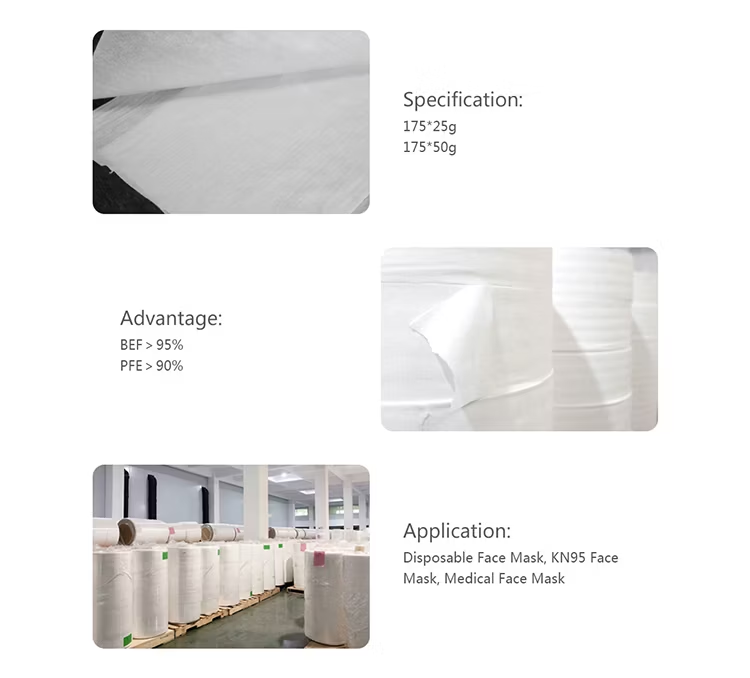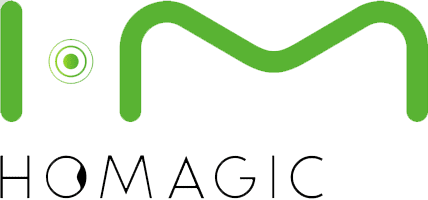Basic Info.
Model NO.
FM001
Material
100% Polyester
Structure
Nonwoven
Usage
Hospital, Industry
Width
Accept Customized
High Filtration
Bfe>99% Pfe>95%
Payment
T/T
Delivery Date
10-35days
Fob
Xiamen
Transport Package
Container
Specification
25GSM
Trademark
YOURSUN
Origin
China
HS Code
5603929000
Production Capacity
Stock
Product Description
Product Details:
Stock!!Cheapest Raw material of Face mask!
Other raw material products:
Nose clip
White/Blue Nonwoven
Elastic Earloop,Spandex
Face Mask Machine










Nonwoven fabrics, also known as nonwovens or nonwoven textiles, are a type of engineered material that are not produced through traditional weaving or knitting processes. Unlike traditional textiles, nonwovens are made by bonding or interlocking fibers together through various techniques. These fibers can be synthetic, natural, or a blend of both.
The production of nonwoven fabrics involves several methods, including mechanical, chemical, or thermal processes. Mechanical methods include needle punching or hydroentangling, where fibers are mechanically entangled to form a cohesive structure. Chemical methods involve using adhesives or bonding agents to bind the fibers together. Thermal methods use heat and pressure to fuse the fibers.
Nonwovens offer several advantages over traditional woven or knitted fabrics. They can be produced at a relatively low cost and are often lightweight, making them suitable for disposable applications. Nonwovens can also be engineered to possess specific properties, such as high strength, absorbency, filtration capabilities, or flame resistance, depending on the intended use.
These fabrics find a wide range of applications in various industries. They are commonly used in the medical and healthcare sector for products such as surgical gowns, face masks, and wound dressings due to their ability to provide barrier properties and breathability. Nonwovens are also used in the automotive industry for interior components, in the construction industry for geotextiles and roofing materials, in the filtration industry for air and liquid filtration, and in the hygiene industry for diapers and feminine hygiene products.
Overall, nonwovens are versatile materials that offer a combination of cost-effectiveness, customizability, and performance characteristics, making them suitable for a diverse range of applications across different sectors.
Stock!!Cheapest Raw material of Face mask!
Other raw material products:
Nose clip
White/Blue Nonwoven
Elastic Earloop,Spandex
Face Mask Machine
| Product Name | Meltblown farbic/Nose Clip/Nonwoven/Hot air cotton |
| Material | Nonwoven |
| Filtration Effect | BEF>99% PFE95% |
| Specification | Adjustable |
| Weight range | 25GSM |
| Customized | Acceptable |
| Usage | For disposable face mask |










Nonwoven fabrics, also known as nonwovens or nonwoven textiles, are a type of engineered material that are not produced through traditional weaving or knitting processes. Unlike traditional textiles, nonwovens are made by bonding or interlocking fibers together through various techniques. These fibers can be synthetic, natural, or a blend of both.
The production of nonwoven fabrics involves several methods, including mechanical, chemical, or thermal processes. Mechanical methods include needle punching or hydroentangling, where fibers are mechanically entangled to form a cohesive structure. Chemical methods involve using adhesives or bonding agents to bind the fibers together. Thermal methods use heat and pressure to fuse the fibers.
Nonwovens offer several advantages over traditional woven or knitted fabrics. They can be produced at a relatively low cost and are often lightweight, making them suitable for disposable applications. Nonwovens can also be engineered to possess specific properties, such as high strength, absorbency, filtration capabilities, or flame resistance, depending on the intended use.
These fabrics find a wide range of applications in various industries. They are commonly used in the medical and healthcare sector for products such as surgical gowns, face masks, and wound dressings due to their ability to provide barrier properties and breathability. Nonwovens are also used in the automotive industry for interior components, in the construction industry for geotextiles and roofing materials, in the filtration industry for air and liquid filtration, and in the hygiene industry for diapers and feminine hygiene products.
Overall, nonwovens are versatile materials that offer a combination of cost-effectiveness, customizability, and performance characteristics, making them suitable for a diverse range of applications across different sectors.
